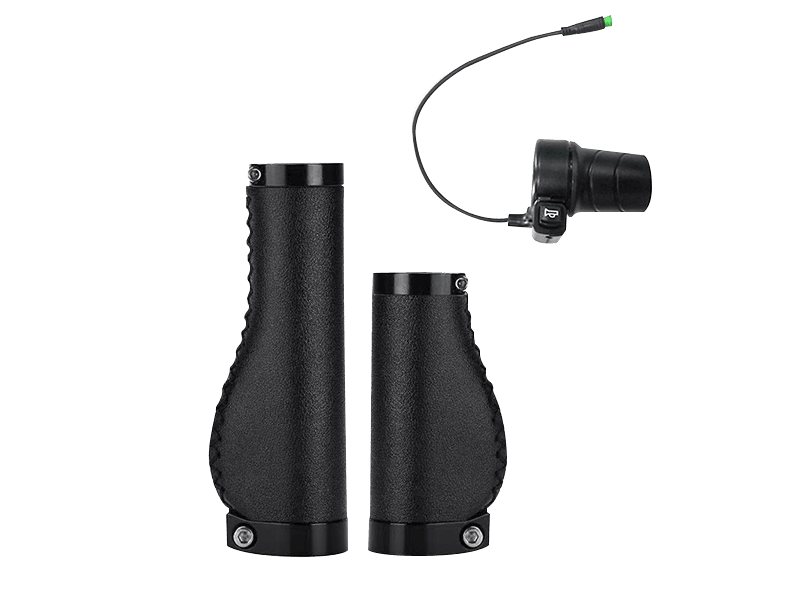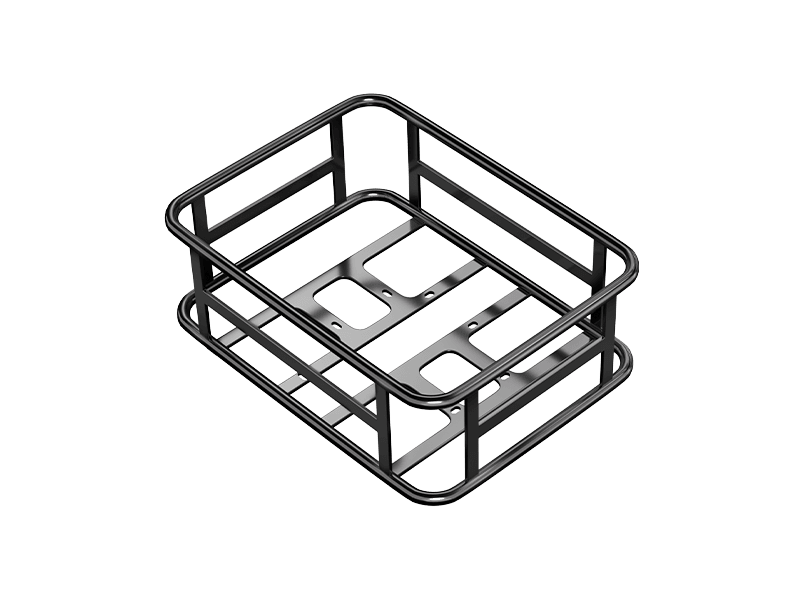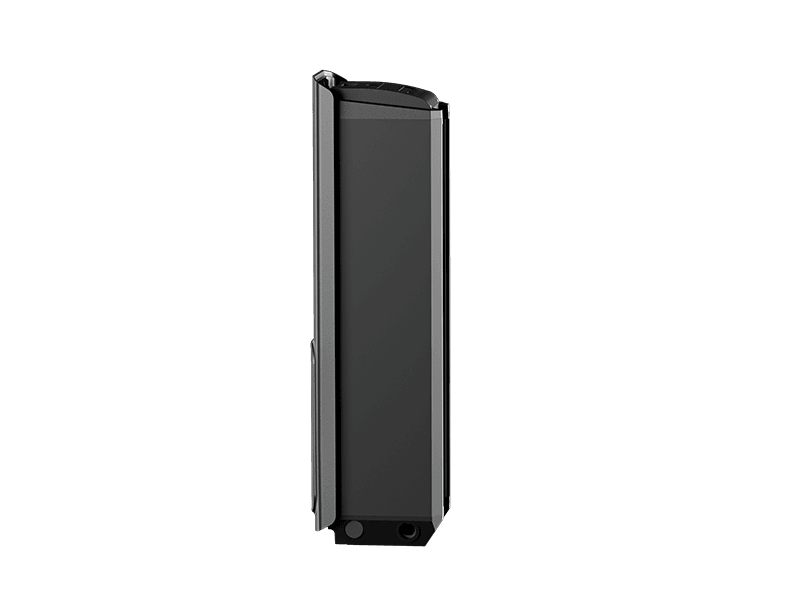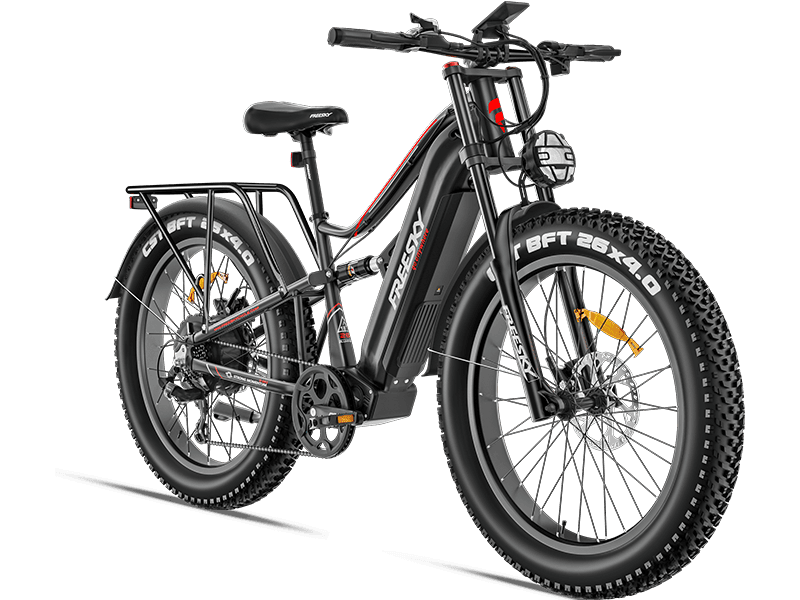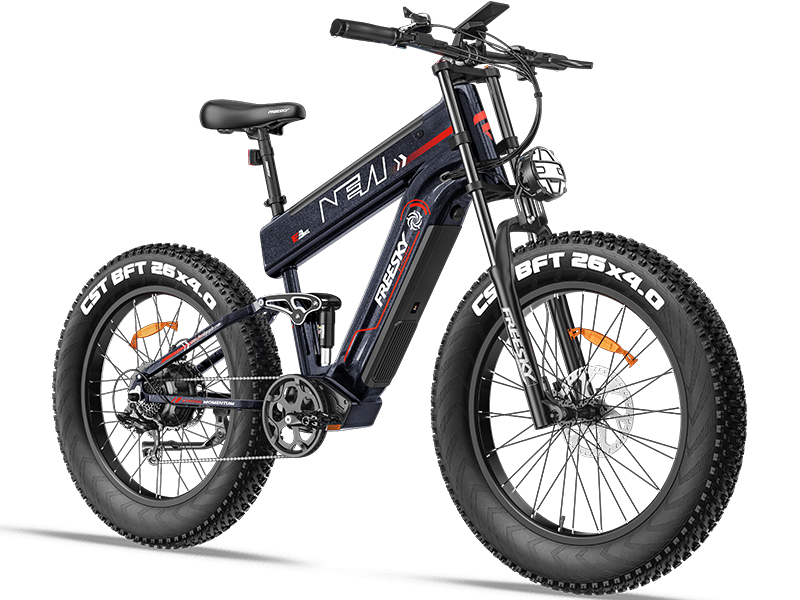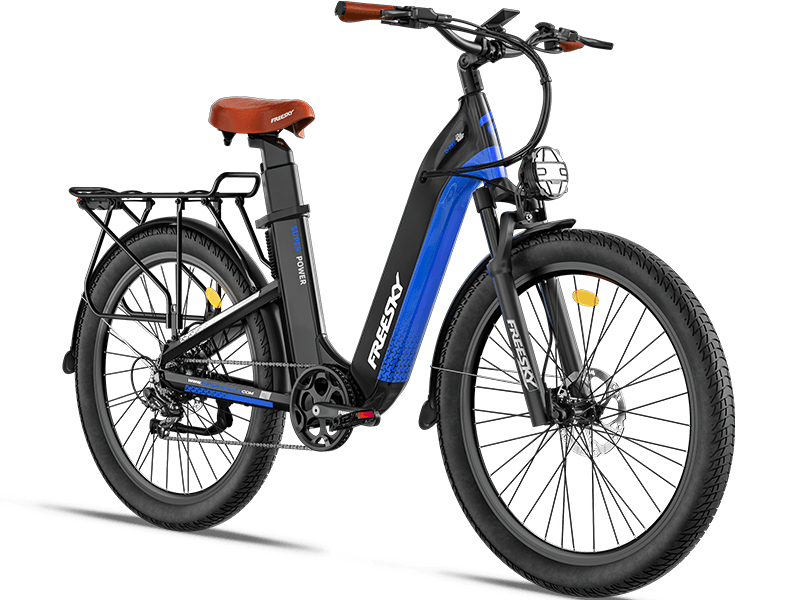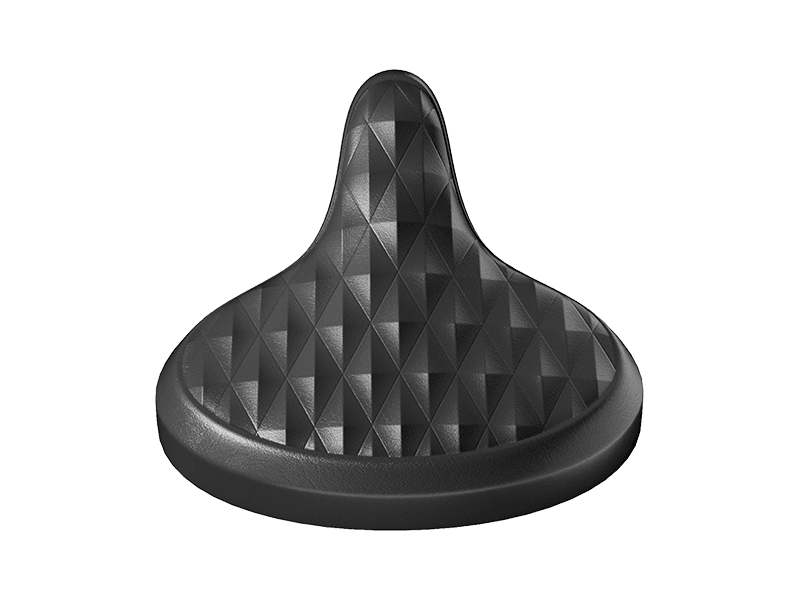10 Tips for Women Choosing the Perfect E-Bike
MAY 19, 2024
Electric bikes, or e-bikes, are transforming the way women commute, exercise, and enjoy leisure rides. With an array of options on the market, finding the perfect e-bike can be overwhelming. Here are ten tips to help women make an informed decision and choose the e-bike that best suits their needs.
1. Define Your Purpose
Understanding why you want an e-bike is the first step in making the right choice. Are you planning to use it for daily commuting, weekend adventures, fitness, or leisurely rides in the park? Each purpose may require different features:
- Commuting: Opt for a lightweight, foldable e-bike with a good range.
- Adventure: Look for a robust e-bike with fat tires and strong suspension.
- Fitness: Consider an e-bike with various pedal-assist modes to balance effort and assistance.

2. Choose the Right Frame
Frame design significantly impacts comfort and usability. For women, step-through or low-step frames are often preferable because they make mounting and dismounting easier, especially if you're wearing a dress or skirt.

3. Prioritize Comfort
Comfort is essential for an enjoyable ride. Pay attention to:
- Seat: A wide, cushioned seat can prevent discomfort on longer rides.
- Handlebars: Adjustable, upright handlebars can reduce strain on your back and shoulders.
- Suspension: Front or full suspension can smooth out bumps, making rides more comfortable.
4. Consider Battery Life and Motor Power
The battery and motor are the heart of an e-bike:
- Battery Life: Depending on your riding distance, choose a battery that offers sufficient range. Most e-bikes range between 20 to 60 miles per charge.
- Motor Power: For city rides, a 250-500W motor is generally adequate. For more challenging terrains, consider a more powerful motor.

5. Check the Weight
The weight of the e-bike can influence its portability and ease of use. If you need to carry the bike up stairs or transport it frequently, a lighter model or a folding e-bike might be more practical.
6. Evaluate Safety Features
Safety should never be compromised. Key safety features to look for include:
- Brakes: Disc brakes provide reliable stopping power, especially in wet conditions.
- Lights: Integrated front and rear lights are crucial for visibility at night.
- Reflectors: Ensure the bike has adequate reflectors on the pedals, wheels, and frame.

7. Test Ride Multiple Models
A test ride can help you assess comfort, handling, and performance. Try out different models to see how they accelerate, how comfortable they are, and how easy they are to control. This hands-on experience is invaluable.
8. Check the Warranty and Service Options
E-bikes are an investment, so it's important to understand the warranty and service options. Ensure that the manufacturer offers a comprehensive warranty and that there are service centers or technicians available in your area.
9. Consider the Aesthetic
While functionality is crucial, the appearance of your e-bike matters too. Choose a style and color that you love, as it will make you more inclined to ride it regularly.

10. Set a Budget
E-bikes come in a wide range of prices. Set a budget that includes the cost of the bike and any necessary accessories like helmets, locks, or baskets. Remember, a higher initial investment can save you money on maintenance and replacements in the long run.
Conclusion
Choosing the perfect e-bike involves balancing practical needs with personal preferences. By considering factors like purpose, frame design, comfort, battery life, weight, safety, and budget, you can find an e-bike that not only meets your requirements but also enhances your riding experience. Happy biking!



